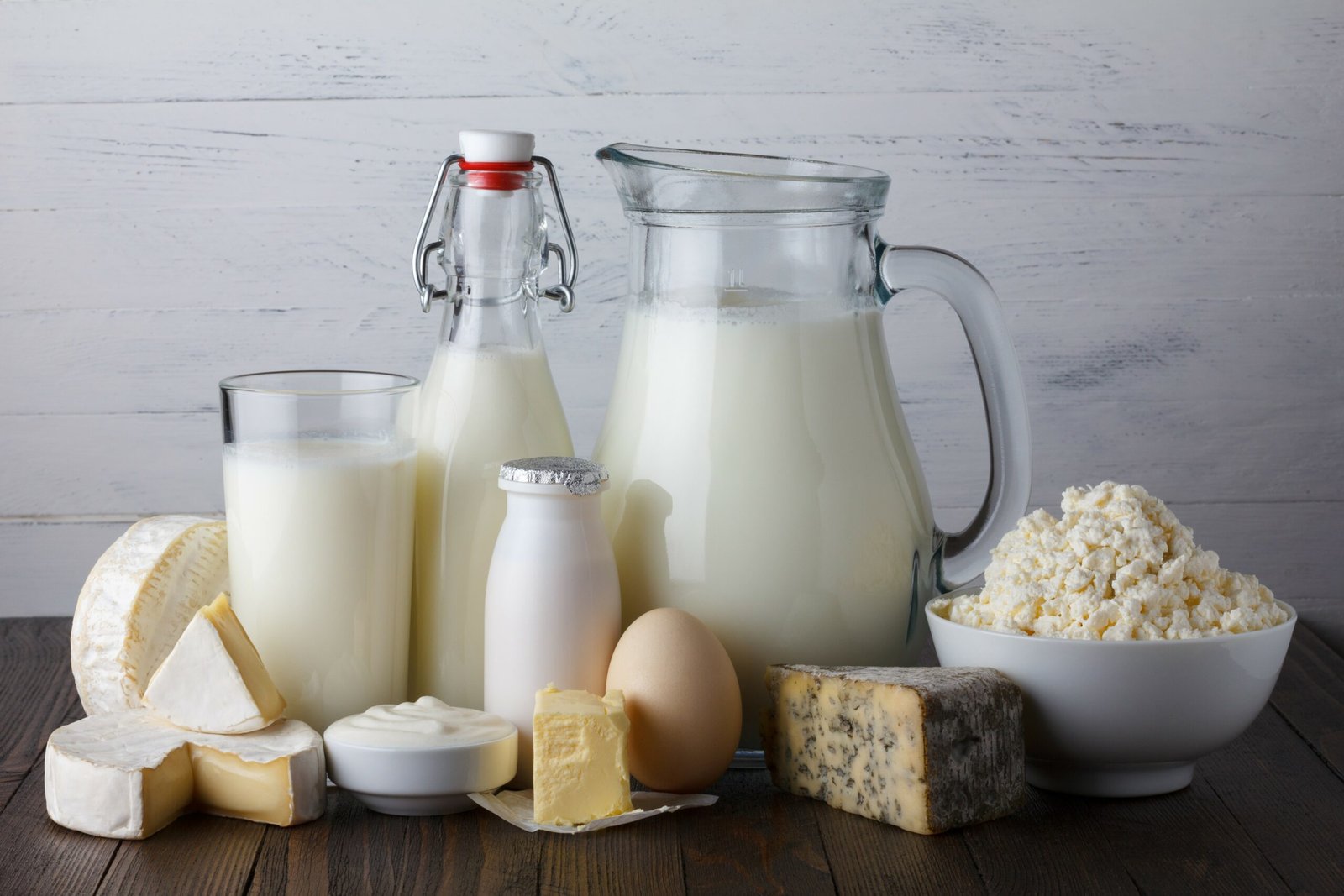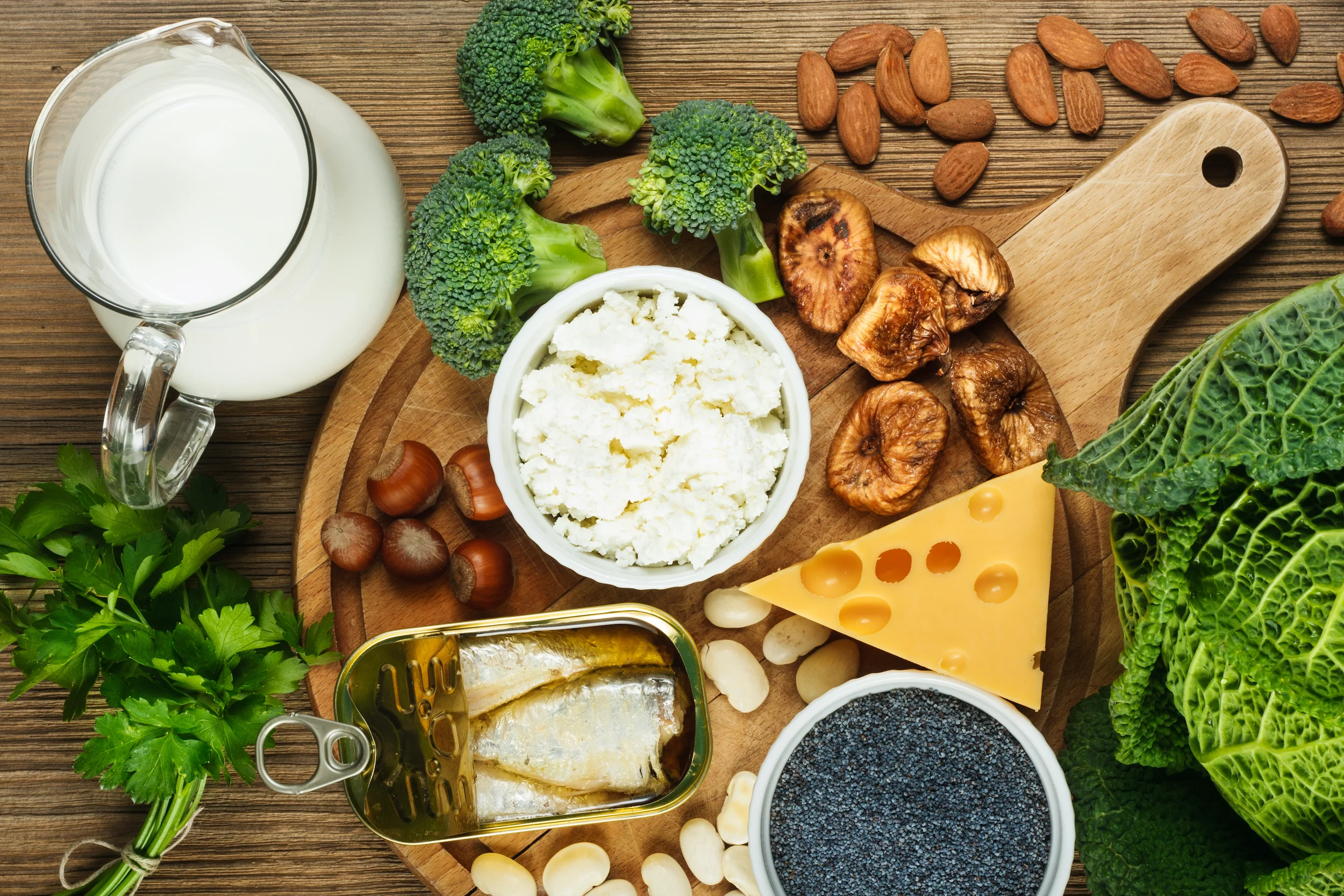Concept about Calcium – This book covers the entire syllabus of “Nutrition and Dietetics” prescribed by BNMC-for all Diploma in Nursing Science and Midwifery students. We tried to accommodate latest information and topics. This book is examination friendly setup according to the teachers’ lectures and examination’s questions. At the end of the book previous university questions are given. We hope in touch with the book students’ knowledge will be upgraded and flourished. The unique way of presentation may make your reading of the book a pleasurable experience.
Concept about Calcium

Calcium:
Calcium is a major mineral element of the body. It constitutes 1.5-2% of the body weight of an adult man. An average adult body contains about 1200 g of calcium of which over 98 per cent is found in the bones. The amount of calcium in the blood is usually about 10 mg/dl.
Sources of calcium:
1. Animal sources: The best natural sources are milk and milk products e.g., cheese, curd, skimmed milk and better milk.
2. Vegetable sources: The cheapest dietary sources of calcium are green leafy vegetables, cereals, beans, potatoes, pulses, nut and millets.
- A little of cow’s milk provides about 1200 mg of calcium and human milk about 300 mg
- Drinking water provides up to 200 mg/day
(Ref: T. K. Indrani/1/47)
Functions of calcium:
The important physiological functions of calcium are –
1. It regulates the permeability of capillary walls.
2. It regulates the excitability of nerve fibres and nerve centres.
3. It also plays a crucial role in the transformation of light to electrical impulses in the retina.
4. It is essential for –
- Formation of bone and teeth
- Contraction of muscles and heart
- Coagulation of blood
- Helps in metabolic action of enzymes and hormones.
(Ref: T. K. Indrani/1/47)
Effects of calcium deficiency:
1. Decreased rate of growth.
2. Osteoporosis.
3. Tetany.
4. Confusion
5. Pain
6. Involuntary muscle spasm.
7. Bronchial spasm.
8. Loss of hair.
9. Rough skin.
10. Pitting of teeth.
11. Epileptic fits.
(Ref: Onila Salin’s Essential nutrition/1″/36)
Daily requirement of calcium:
| Group | Requirement |
| Infant | 500-600 mg/day |
| Adult | 400-500 mg/day |
| Pregnant mother | 1000 mg/day |
| Lactating mother | 1200 mg/day |
Absorption of calcium:
The absorption of calcium from the intestines into the bloodstream is affected by various physiological and dietary factors. Secretion of hydrochloride acid in the stomach produces an acidic environment that helps keep calcium soluble, thereby promoting absorption
A variety of other factors also influence calcium absorption. Vitamin D encourages the absorption of calcium, and lactose (milk sugar) in the diet may do so as well. Protein in the diet appears to enhance calcium absorption when protein consumption falls between inadequate and adequate levels, yet it does not seem to promote absorption when protein consumption is above the RDA.
Phytate phosphorus, the natural form of phosphorus found in legumes and other foods, seems to decrease calcium absorption. As mentioned previously, both phytates (found in whole grains, legumes, and seeds) and oxalates (found mainly in leafy greens) decrease calcium absorption. Specific types of fiber may also decrease calcium absorption. Aluminum and magnesium containing antacids may decrease absorption and increase calcium excretion.
(Ref: Sheilla John’s/1/92)

Factors hinder of calcium absorption:
1. Too much phosphorus in the form of phosphate in food.
2. Anything which causes food to pass quickly through the intestine, e.g. infection causing
3. Diarrhea, too much roughage in food.
4. Any substance which forms an insoluble salt with calcium, e.g. excess fatty acid.
5. Deficiency of vitamin D may hinder absorption of calcium.
6. Purgatives, oxalates, excess phosphorus or fatty acids, ptyalin, and deficiencies of vitamin D hinder the absorption of calcium and this affect the use of calcium.
(Ref: T. K. Indrani/1″/49)
Calcium excreted from the body:
1. Calcium is excreted mainly with the stools and also through urine
2. Insignificant amount is excreted with the sweat’
3. The average daily loss of calcium is about 700 mg in an adult.
4. The calcium also passes through the glomerular filter and reabsorbed in the renal tubules
Way of maintain calcium balance in the body:
1. Normally in a well-nourished adult person the amount of calcium loss from the body (in stools and urine) is equal to the amount absorbed from the food.
2. Thus, the calcium balance is maintained.
3. There is an automatic adaptation and regulatory phenomenon.
4. When the dietary intake is low, considerably higher percentage of intestinal absorption occurs (This is obviously controlled by the parathyroid glands and vitamin D and consequent intestinal mucosal active participation).
5. As and when required, calcium is drawn from the store in the bone.
6. There is significant adaptation through increased intestinal absorption, withdrawal from the store inside bones and diminished urinary excretion to offset the ‘negative calcium balance’ in situations like deficiency of parathyroid hormone or vitamin D, dietary deficiency or intestinal mal-absorption.
7. On the other hand, growing children (and on parenteral administration of vitamin D) there is ‘positive calcium balance’ due to increased absorption from the dietary content-and simultaneous formation of bone by the mineralization of the matrix by the osteoblastic cells.
(Ref: Essential of Human Nutrition/11/26)

Clinical disorder associated with the metabolic disturbances of calcium:
Even though calcium concentration in blood is usually regulated accurately, the disturbance in the blood calcium is not quite rare.
1. Hypocalcaemia: The classical manifestations of hypocalcaemia are –
- Neuro-muscular irritability.
- Lethargy.
- Paresthesia or abnormal sensation in the limbs.
- Abdominal Pain.
2. Hypercalcaemia: The characteristic clinical features of Hypercalcaemia include-
- Anorexia.
- Nausea.
- Vomiting.
- Constipation.
- Muscular hypotonia.
- Lethargy.
- Polyuria.
- Mental confusion.
Read more:
